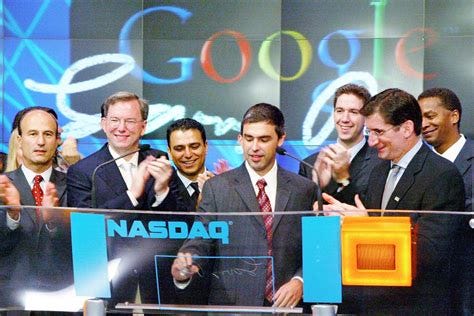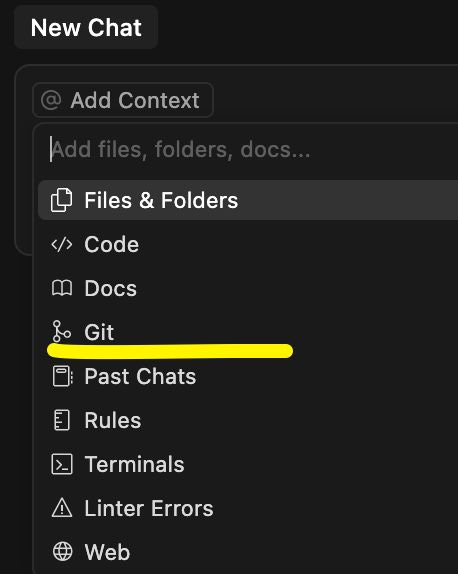Cursor AI
Anysphere, the company behind the famous AI coding startup, recently raised $2.3 billion in a Series D funding round. That’s $2.3 billion raised - not valuation.
Even if you imagine Cursor to become one of the biggest software companies, it is an astonishing number. Google, for context, raised approximately $1.67 billion during its initial public offering (IPO) in 2004.
But there is another side to that number.
Cursor’s 2.0 Update and Focus on Margins
With the Cursor 2.0 upgrade, the software removed the ability to add specific Git commits into the chat context and restricted other context options, such as including all open tabs.
These changes might look technical, but they matter. If you wanted a quick way to reduce the average number of tokens used per request, this would be it. The tradeoff, however, is a noticeable drop in the quality of generated code.
The tradeoff, however, is a noticeable drop in the quality of generated code.
Cursor Team would say to this that they are focused on Agents and that 2.0 introduced a significant push on supporting the future in which multiple agents (developers) work simultaneously. That’s true. It is also true that multiple agents were also supported before. Whereas the removal of context features is not backward compatible.
So it would be foolish to ignore that a major tradeoff decision was made, and it is not clear it was in favor of existing developers.
The co-founder departure
Earlier in October one of Cursor’s co-founders left. At the time, the news was surprising. One might even recall the famous “What did Ilya see” and restate: what did Arvid (the departing co-founder) see?
In retrospect, it doesn’t take much imagination to connect the dots. His exit likely signals fundamental disagreements about the product’s direction. Cursor’s AI model costs have probably been eroding margins, and leadership seems to have chosen control over cost:
focus on their own (cheaper & dumber) model over foundational providers
smaller context windows for average requests
less hardcore developer focus, and more focus on “vibe” coders
I don’t know what Arvid has said to his friends about his departure, but I imagine he has serious disagreements with at least one of the above pivots from the initial core product thesis.
Is that the right call? Hard to tell. Building software is a never-ending struggle between prioritizing future users over existing users and vice versa.
As for myself (an existing user), I’ve already rolled back to an older version and turned off auto-updates. The 2.0 changes feel less like innovation and more like survival tactics from a company trying to stay afloat in a market where margins are punishingly bad.
Historical Parallels
There’s a historical parallel worth noting:
When it launched, none of us reasonable people could have predicted how a company could afford to pay for all that bandwidth. And it turned out, it could not. But Google could. And it did so for many many years - until the Ad vs Bandwidth equation turned into its favor.
Can Cursor survive another 5+ years to turn its AI token margins in its favor?
Some VCs have made a $2.3 billion bet that it can and it will. How good that is for the company remains to be seen. Was this number the right number? Would it have been better for them to raise, say, $800 million? Dunno.
Valuations do have consequences: talent joins for cash (not equity); exit options narrow down…
These are 20-year-olds running now one of the most influential companies of the AI age. If you thought Mark Zuckerberg’s rise to fortune was quick compared to that of Steve Jobs’s era, the Cursor team is about to see the whole experience at 10x speed. And they are going to make many mistakes. This 2.0 upgrade and the dollar amount raised in hindsight might yet be viewed as their biggest mistake, but it could also be viewed as the boldest move ever. Time will tell.





